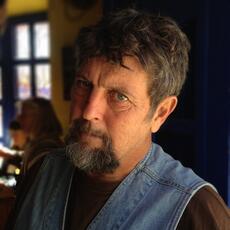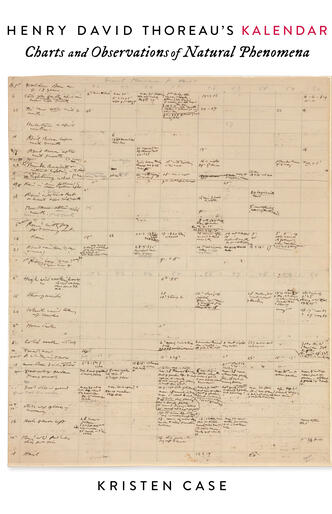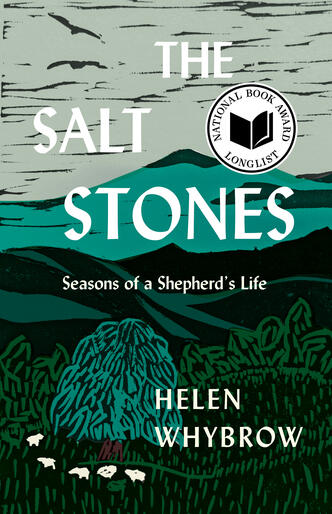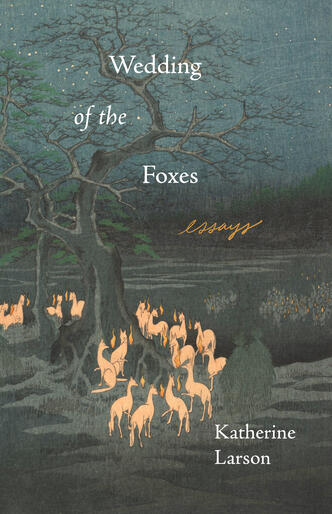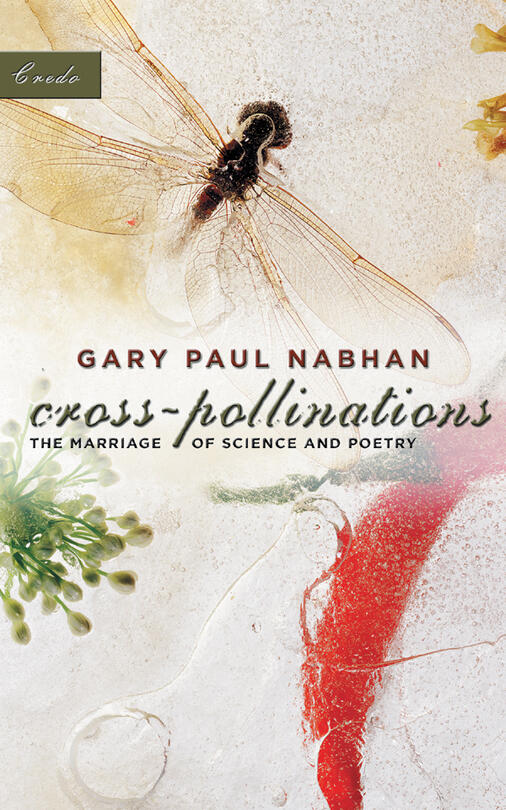
Cross-Pollinations
Cross-Pollinations is a book about dissolving boundaries and blending disciplines to reveal a world rich in possibility, one where unthinkable solutions emerge.
Gary Paul Nabhan, an accomplished biologist and writer—and “a voice that speaks to the laity in clear and coherent sentences” (New York Times)—believes that the free movement between science and literature, between cultivated and wild habitats, and between culture and language engenders the kind of unlikely and seemingly incompatible perceptions that are essential to discovery of any kind. In Cross-Pollinations, he illustrates the successful marriage of science and poetry with true stories about color-blind scientists, the knowledge stored in ancient Native American songs, the link between an Amy Clampitt poem and diabetes research, and a unique collaboration in support of the Ironwood Forest National Monument.
